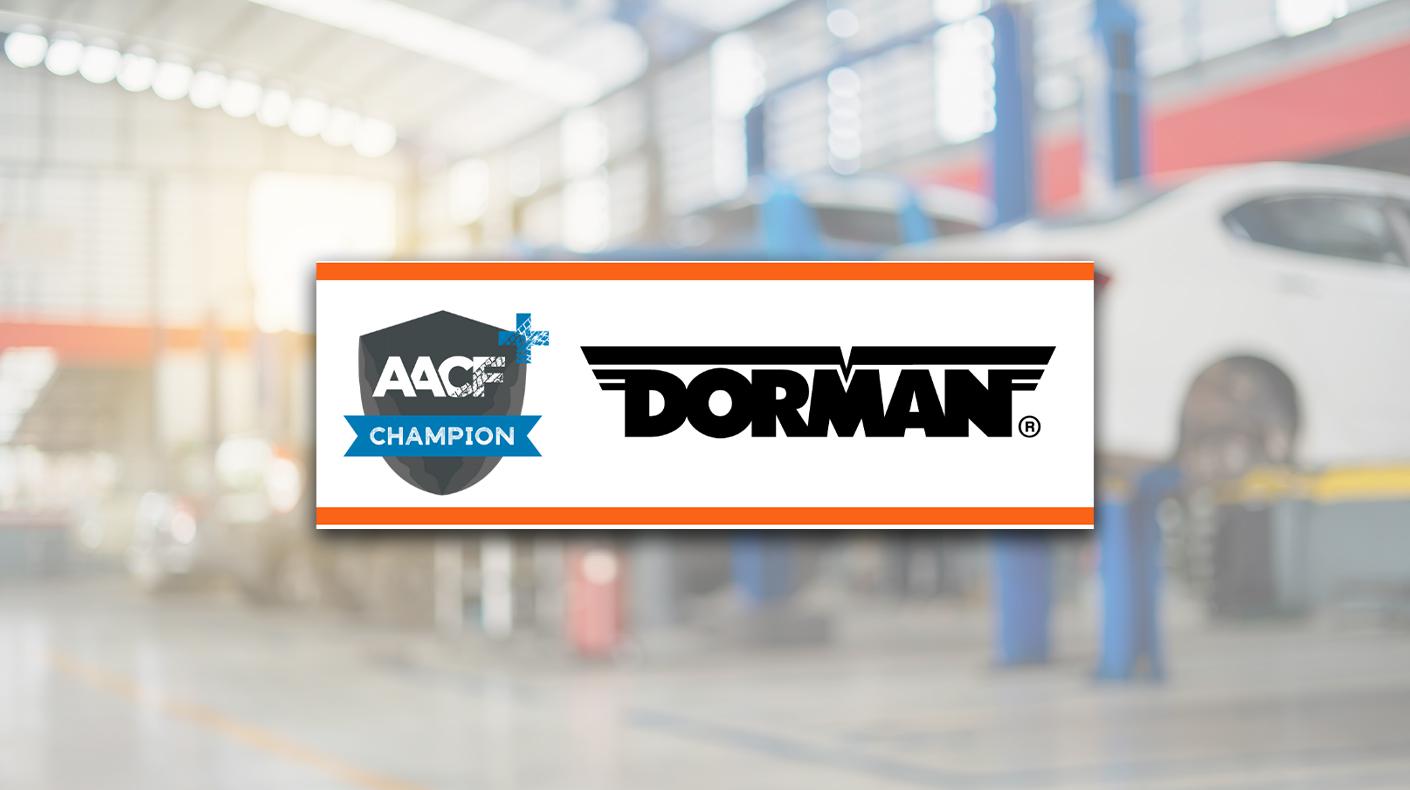The Bush Administration has decided not to propose specific steps to address greenhouse gas (GHG) emissions. Instead, the U.S. Environmental Protection Agency (EPA) is seeking public comments on the threat posed by global warming and possible ways to address the issue. The action effectively places the decision of how to regulate GHG emissions in the hands of the next president and Congress.
In May 2007, the Supreme Court concluded that GHGs fell within the Clean Air Act’s (CAA) broad definition of “air pollutant” and directed the EPA to address the issue. The Bush Administration does not believe the current CAA provides enough flexibility to regulate emissions without imposing significant harm to the nation’s economy.
For example, if the EPA were to issue a CAA finding that GHG emissions endanger both health and welfare, it could trigger mandated countermeasures to regulate any major source of emissions, such as cars, ships, aircraft, power plants, factories, office buildings and lawnmowers. Such an approach could translate into convoluted regulations and spawn numerous court battles. The administration believes that Congress should define a clear and specific approach to climate change regulations, and that the CAA is not the appropriate tool.
The EPA noted that GHG emissions from automobiles are being addressed through a different regulatory mechanism, the CAFE program. A SEMA-supported federal energy law enacted in 2007 contained a compromise approach to raising the fleet-wide average fuel-economy standard to 35 mpg by 2020 and simultaneously limit GHG. This is based on the fact that the most prevalent greenhouse gas, carbon dioxide (CO2), is a byproduct of burned fossil fuels and is emitted in direct proportion to fuel consumption.
SEMA supports a national solution to GHG emissions control rather than a potential patchwork of state rules. The specialty auto parts industry will likely be a source of innovative solutions to help address the technological challenges.
For more information, contact Stuart Gosswein at stuartg@sema.org.





